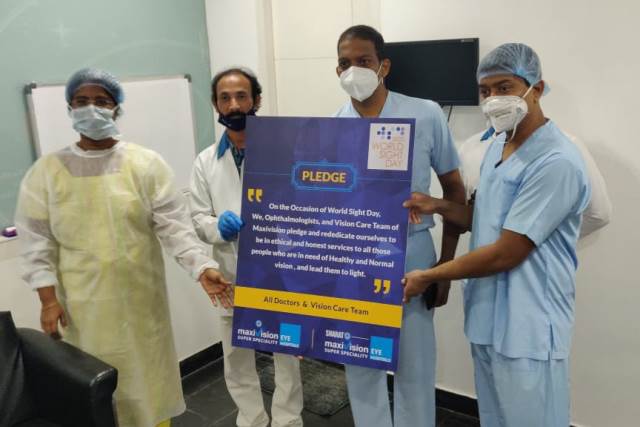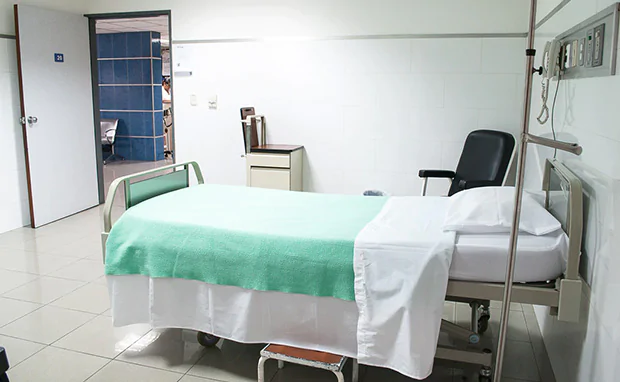Nipah - What is the disease all about and how is it transmitted?
What is the disease all about and how is it transmitted?
Nipah

A virus named after Kampung Sungai Nipah, a village in Malaysia, where it was first discovered in 1998-99. The virus, that eventually killed 105 people in Malaysia, was first suspected to be Japanese encephalitis (JE) which, like the Nipah virus, induces brain inflammation. According to a paper by Dr K B Chua, who was a virologist in training at the University of Malaya when the disease broke out, “the outbreak of febrile encephalitis in humans was preceded by the occurrence of respiratory illness and encephalitis in pigs in the same region,” he writes, adding however, that at that point, the cause of swine mortality was assumed to be classical swine fever.
Suspecting, however, that it was not the mosquito-borne JE that was causing the spate of disease and death among the region’s pig farmers, he took samples of the virus to the Division of Arbovirus-borne Diseases, Centers for Disease Control and Prevention (CDC), Fort Collins, USA. “At CDC, Atlanta, the virus was rapidly identified as a novel paramyxovirus,” he writes.
The virus, which was traced back to the pigs, led to a large-scale culling of the animals in this region. Further studies indicated that the initial transmission from bats to pigs probably occurred, when pig feed was contaminated with bat excretions, says a 2007 paper, titled ‘Lessons from the Nipah virus outbreak in Malaysia’, published in The Malaysian Journal of Pathology.
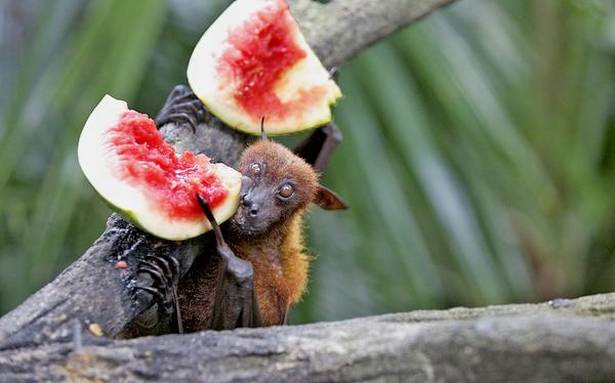
Zoonosis
According to the World Health Organization (WHO), “A zoonosis is any disease transmitted from vertebrate animals to humans.” It could be caused by a virus, bacteria, fungi or parasite; some examples include anthrax, bird flu, ebola, dengue, rabies, malaria, swine flu and leptospirosis.
Nipah is believed to be transmitted from what are called flying foxes, or mega bats, so called because they are the largest bat species. They eat fruits and live in trees. These are a part of the old-world fruit bat family, called pteropid bats. Bats often end up being reservoirs for a number of severe infectious diseases, including Ebola, SARS coronavirus, Nipah and Hendra.
Transmission
In the case of Nipah, disease transmission or the means by which a pathogen can be passed from one organism to another, is believed to take place, “when one consumes infected fruits and fresh date palm sap contaminated by bats,” points out Dr Mahesh Kumar, Consultant – Internal Medicine, Narayana Health City. Which means, one should be careful while choosing their fruits. “Don’t eat those on the ground, especially if they have broken skin,” says Dr K Kolandaswamy, Director of Public Health, Tamil Nadu.
Loss of the natural habitat of the bat, appears to play some part in exacerbating the rate of bat-to-man transmission. The WHO says as much, says Dr Kumar. “As the flying fox habitat is destroyed by human activity, the bats get stressed and hungry, their immune system gets weaker, their virus load goes up and a lot of virus spills out in their urine and saliva,” he says.
Decoding the deadly Nipah virus
“Human-to-human transmission occurs due to direct contact,” says Dr N Devadasan, Director of Institute of Public Health, who led the WHO’s outbreak investigation team, when the infection broke out in Siliguri in 2001. That is perhaps why many healthcare providers who change sheets, clean bedpans and tend to the patient, end up being affected. Immediate isolation and ensuring that universal precautions are maintained in hospitals will help check the spread of the disease, agree all the doctors. “In India, if anyone falls sick, the entire family comes and visits,” says Devadasan. “It is better they keep away until the patient gets better.”
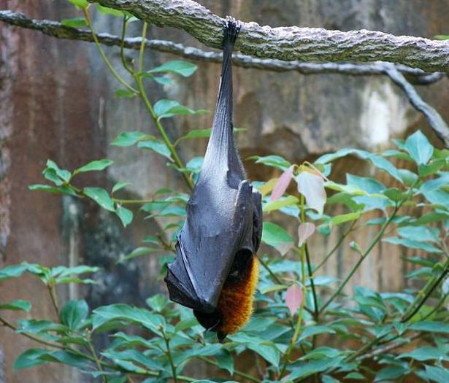
RNA virus
Nipah is an RNA or Ribonucleic Acid virus. “RNA viruses are the most common cause of emerging diseases in humans, attributable to the high mutation rate in RNA viruses compared to DNA viruses,” says the book Essential Human Virology. Nipah belongs to a genus (category, in layperson speak) called the Henipavirus; the Hendra virus, also found on pteropid bats, belongs to this category too. According to the CDC, “Transmission of HeV to humans has been invariably associated with close contact with ill horses, and transmission of NiV in Bangladesh is mainly through date palm sap contaminated with bat secretions.”
Biosafety Level 4
The virus, which is classified as Biosafety Level 4, meaning that it is highly infectious and needs a maximum containment facility, can be confirmed by an ELISA, RT-PCR or Serum Neutralization Test. The incubation period is anywhere between 5-14 days, but it can soon affect the respiratory and nervous system and patients can go into delirium or coma. Unfortunately, there is no definite treatment, except intensive supported care. “We need to maintain the vital functions,” says Kolandaswamy, adding that the earlier the condition is diagnosed, the better for the patient.
Please note that under 66A of the IT Act, sending offensive or menacing messages through electronic communication service and sending false messages to cheat, mislead or deceive people or to cause annoyance to them is punishable. It is obligatory on kemmannu.com to provide the IP address and other details of senders of such comments, to the authority concerned upon request. Hence, sending offensive comments using kemmannu.com will be purely at your own risk, and in no way will Kemmannu.com be held responsible.
Similarly, Kemmannu.com reserves the right to edit / block / delete the messages without notice any content received from readers.
Earth Angels Kemmannu (EAK) warmly invites all

Silver Jubilee Rev. Bishop Gerald John Mathias and Golden Jubilee Rev. Sr. Jaya Mathias, Milagres, Udupi

Annual Day Calebration 2025 | Carmel English School, Kemmannu

Final Journey Of Francis Paul Quadros (59 Years) | LIVE From Udupi

Final Journey of Sudeep Sebastian Gordon Martis (55 years) | LIVE from Kalmady

Final Journey of Tyron Pereira (57 years) | LIVE from Kalmady, Udupi

Final Journey of Lawrence M Lewis (82 years) | LIVE from Milagres, Kallianpur, Udupi
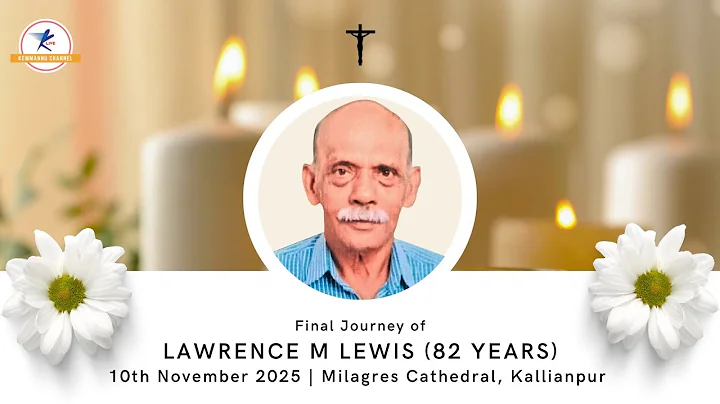
Final Journey of Salvadore Fernandes (76 Years) | LIVE from Shirva | Udupi
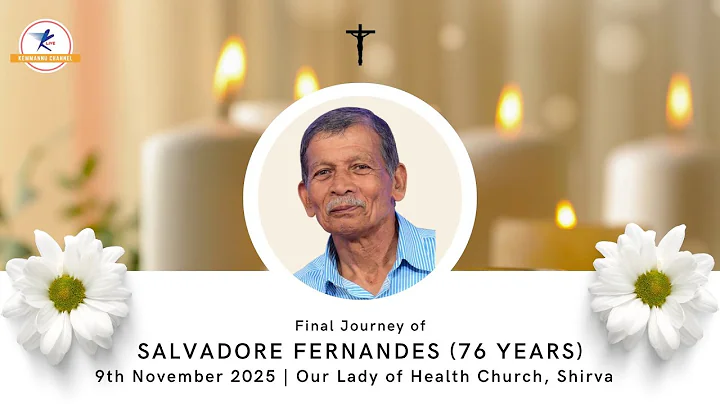
Final Journey of Dulcine Cecilia Mathias (89 years) | LIVE from Shirva | Udupi

Titular Feast of St. Theresa Church, Kemmannu, Udupi

Final Journey of Dolphy Louis Suares (61 years) | LIVE from Katapady | Udupi

Final Journey Of Mrs. Lenny Machado (74 Years) | LIVE From Kemmannu | Udupi
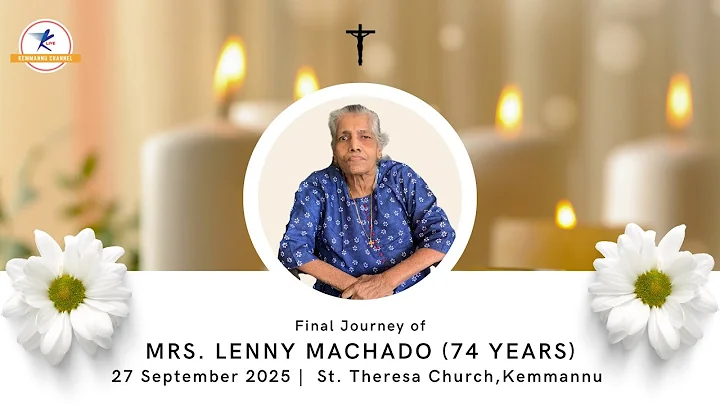
Mount Rosary Church - Rozaricho Gaanch Sep, 2025 Issue

Final Journey Of Mrs. Lilly D Souza (68Years) | LIVE From Mount Rosary, Santhekatte, Udupi

ಅನ್-ಡು (UNDO) | A Konkani Short Film | ICYM Kallianpur Deanery

Milarchi Lara, Milagres Cathedral, Kallianpur, Parish Bulletin - September 2025
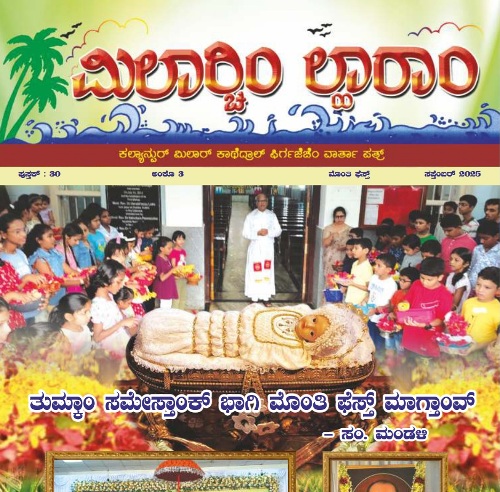
Final Journey of Mrs. Elizabeth D’Souza (91 years) | LIVE from Udupi

ಮೊಂತಿ ಫೆಸ್ತ್ 2025 | Special Program in collaboration with Kemmannu Youth | Kemmannu.com

Monthi Fest Celebration |ಮೊಂತಿ ಫೆಸ್ತಾಚೊ ದಬಾಜೊ | 8-September-2025 | St. Theresa Church Kemmannu

Land/Houses for Sale in Kaup, Manipal, Kallianpur, Santhekatte, Uppor, Nejar, Kemmannu, Malpe, Ambalpady.

Focus Studio, Near Hotel Kidiyoor, Udupi

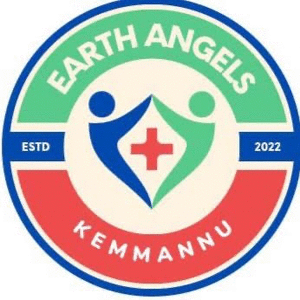
Earth Angels - Kemmannu Since 2023

Kemmannu Channel - Ktv Live Stream - To Book - Contact Here

Click here for Kemmannu Knn Facebook Link
Sponsored Albums
Exclusive
Annual Day Celebrated at Carmel English School, Kemmannu
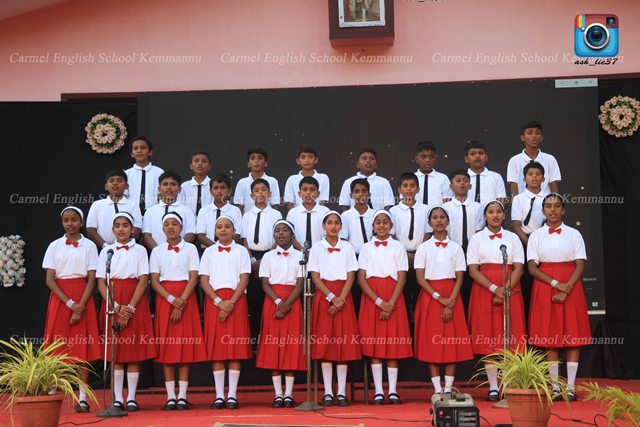
Save Swarna River By Dr Gerald Pinto, Kallianpur

Udupi: Cooking without fire competition at Kemmannu Church [Video]
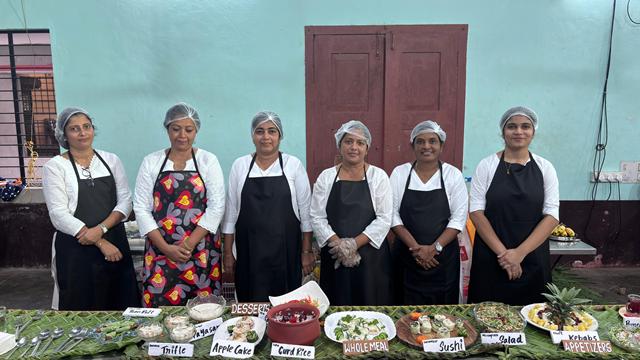
A ‘Wisdom Home of Memories’, a heritage Museum in Suratkal, Mangaluru
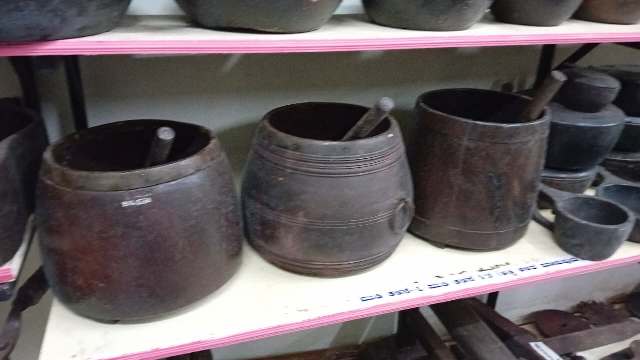
Celebrating 50 Years of Devotion: Iconic Konkani Hymn Moriye Krista Maye Marks Golden Jubilee

Arrest of Nuns’ at Chhattisgarh - Massive Protest Rally in Udupi Echoes a Unified Call for Justice and Harmony [Video]

MCC Bank Inaugurates Its 20th Branch in Byndoor
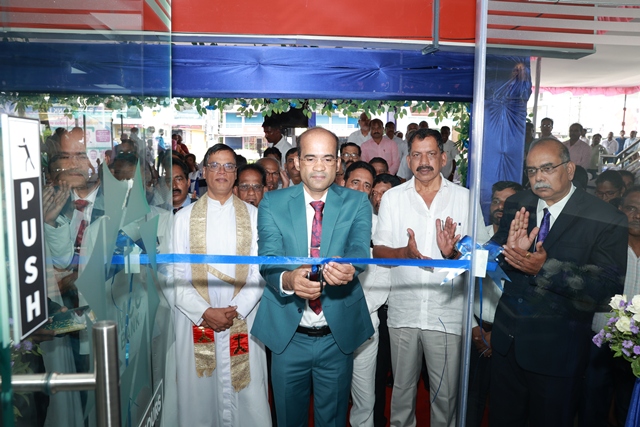
Mog Ani Balidan’ – A Touching Konkani Novel Released at Anugraha, Udupi [Photographs updated]
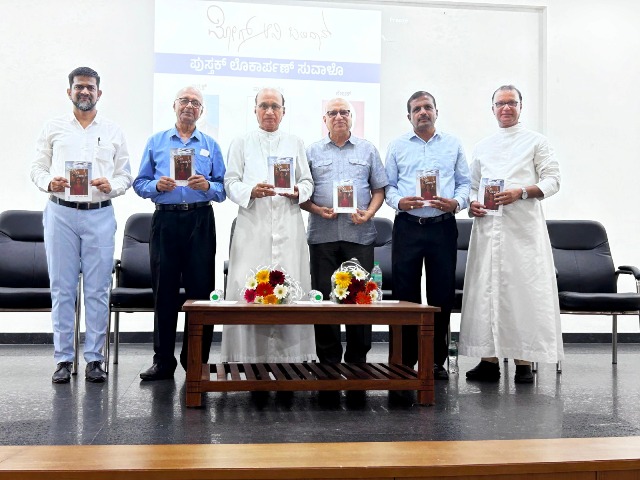
Milagres Cathedral celebrates Sacerdotal Ruby Jubilee of Mngr Ferdinand Gonsalves and Parish Community Day with grandeur

 TODAY -
TODAY -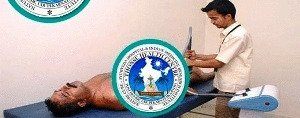

 Write Comment
Write Comment E-Mail To a Friend
E-Mail To a Friend Facebook
Facebook Twitter
Twitter  Print
Print 